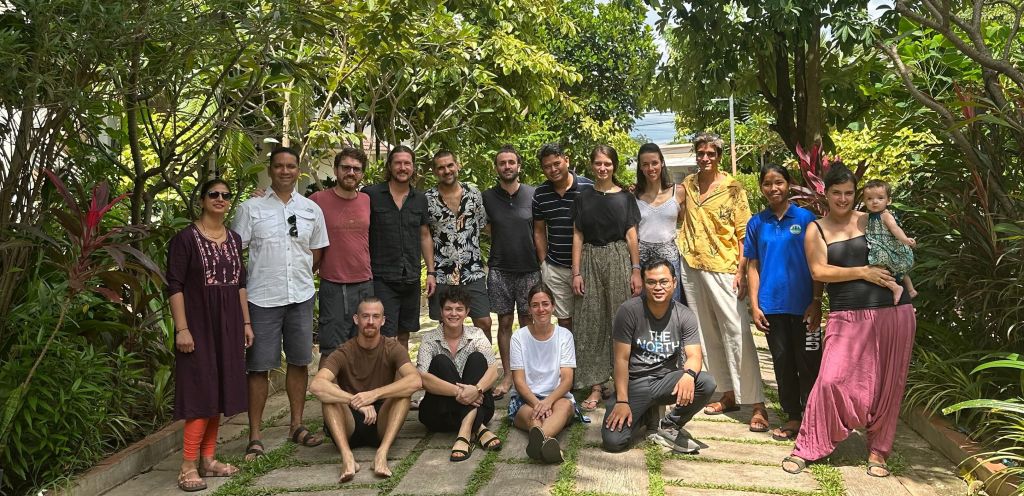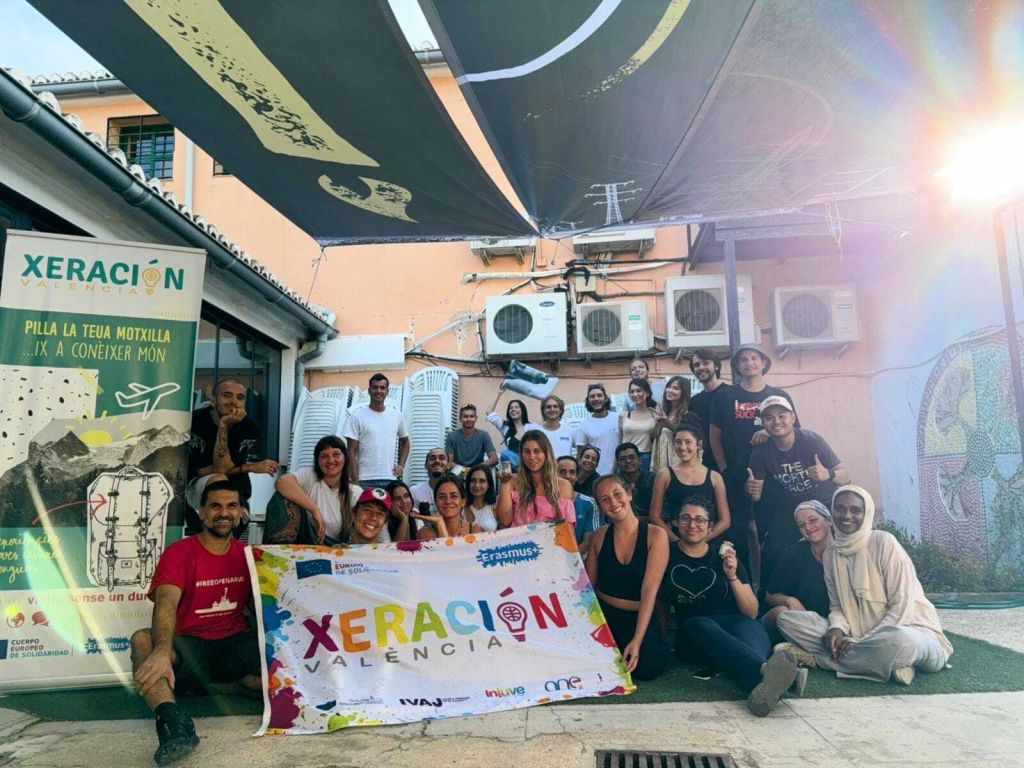Only a few miles from Minca and a gateway to the Sierra Nevada of Santa Marta, the Colombian Caribbean is one of the world’s most heavenly shores. Taganga, a town of fishermen, is amply visited by international tourists and recognized as one of the points from which to discover the wonders of the Colombian Caribbean. The area is hugely popular for scuba diving in crystalline waters in the natural bays of the surrounding area. Those who visit Taganga can find dozens of beaches, including the Tayrona National Park. The Taganga area has plenty for travellers to feel at home: friendly and hospitable people, good food, beautiful beaches, spectacular sunsets and all the necessary tourist facilities.

The wonders of la Sierra Nevada aren’t just on dry land, when these mountains meet the ocean gorgeous marine diversity, coral reef, fishes, sharks, crustaceans, musels and many more, that you can admire for hours. Did you know that coral reefs cover less than 1 percent of the ocean floor and about 25 percent of marine species rely on them?
Coral reef have high impact on the economy and human well-being of tropical coastal communities. It is the habitat of species of fish and invertebrates thousands of, and supports millions of fishermen and tour operators around the world. Several tropical Countries owe their GDP increased tourism associated with the reef.
Misión Gaia promotes diving in rich coastal areas while promoting conservation of its biodiversity, because coral reefs need to be known and protected. The Caribbean sea offers amazing diving spots and incredible and unique diving experiences surrounding small islands and in the Tayrona National Park.
Coral reefs are the richest ecosystems in the world and like tropical rainforests are going degradation globally. The Caribbean Sea is one of the most impacted areas of coral loss. Among the Reasons for climate change degradation, but direct human impact it is very clear with overfishing, pollution, coastal construction and habitat loss. During the last decade, scientists began to investigate the feasibility of restoring these ecosystems and its result is an approved protocol for coral reef restoration.
The concept of “coral garden” was first Described by Professor Baruch Rinkevitch (2005), the coral restoration phases similar to the steps for reforestation. The coral garden concept to create a hatchery “Vivero” largest coral AIMS in the best possible environmental conditions in situ (changing Between different species) to crops and the to massive transplants. It helps to transform the naturally better resistance to degradation, regarding coral ecosystems. While there are several methodologies and successes related to research in the field of marine ecological restoration, there is a worldwide established protocol. For this reason, we are seeking to support this efforts by involving visitors and divers in programs that support ecological coral reef restoration in collaboration with responsible diving schools.
- All
- W_UP Workcamps stories





